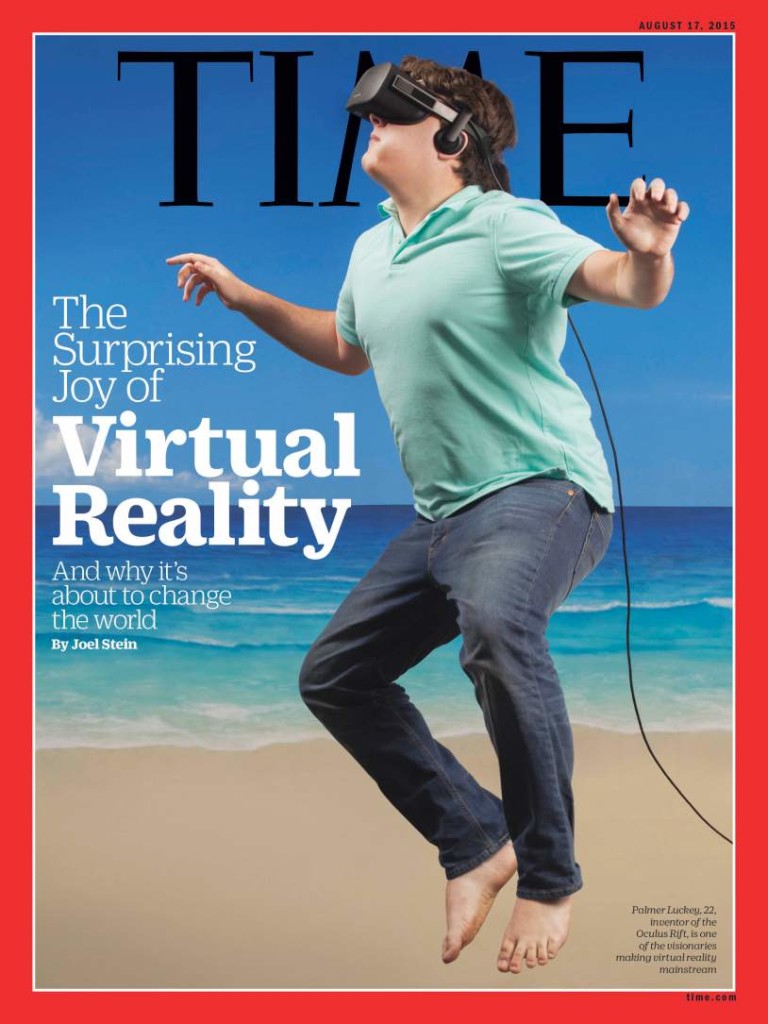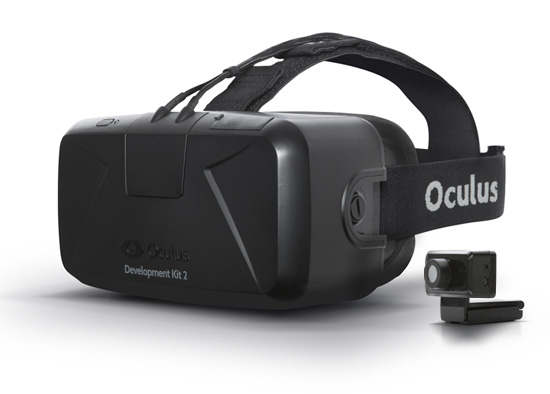The Oculus Rift ships today to both pre-order buyers and early adopters from its initial Kickstarter campaign. It’s taken a while for the virtual reality headset to make its way to market, but many consider it’s worth the wait once they step into its immersive possibilities. It’s been a long road, with humble beginnings, but the Oculus Rift could mark a major change in entertainment.
The Oculus Rift initially got its start in 2012, when Oculus VR (then an independent company) showcased a unit to various members of the public and press, prior to the launch of its Kickstarter campaign. Though it was based on very early marketing buzz, the project was endorsed by personalities like Cliff Bleszinski from Epic Games, Gabe Newell from Valve (who later partnered with HTC to develop the Vive), and John Carmack, who eventually left id Software to become CTO at Oculus. The crowdfunding campaign was a massive success, earning over $2.4 million and far surpassing its $250,000 goal.
Since that time, Oculus continued to improve the technology through a number of pre-production models, including the DK1 in late 2012 and the DK2 in mid-2014, both of which were provided to developers in the hopes of making the most out of the technology. They were also used extensively at events like the Game Developers Conference, the Electronic Entertainment Expo, and Oculus Connect to showcase the possibilities of virtual reality.
Although these demonstrations were relatively small, Oculus was growing a reputation and legitimizing the technology. By March 2014, that was more than enough to get the interest of a potential investor: Facebook.
Mark Zuckerberg, founder and CEO of Facebook, announced a then-unheard-of $2 billion purchase of the company, stating that it would put the social network in a “position where we can start focusing on what platforms will come next to enable even more useful, entertaining and personal experiences.” This put Oculus on a whole new level, and is often seen as the point where enthusiasm for virtual reality really took off, as competitors like the HTC Vive and the PlayStation VR, were later announced.
With funding from the social media giant, Oculus took a bold leap forward with promoting its forthcoming Rift headset, including a full-on presentation last year prior to E3, where it introduced a number of new games in development, a partnership with Microsoft, and showed-off the Oculus Touch controllers.
The company also went to great lengths to introduce new partners for game development with the headset, including Insomniac Games with its survival adventure game Edge of Nowhere; the fast-paced racing game Blaze Rush; and modified versions of EVE: Valkyrie and Elite: Dangerous.
But Oculus got a surprising social media push when creator Palmer Luckey ended up on the cover of Time Magazine, wearing the Oculus device while apparently standing on a beach. While the image became fodder for a number of humorous memes, it also created positive awareness of virtual reality in general.

Before the release of its own headset, Oculus partnered with Samsung for the more affordable Gear VR, which became a surprising hit when it launched last year. While it did introduce a sort of competitor to the market, it gave users a taste of what to expect from premium virtual reality experiences.
As Oculus VR came closer to completion, Facebook opened up more on the possibilities that the headset would provide, and not just to gaming. The social media experience will be a vital part of the device as its release becomes more widespread, and Zuckerberg was even quick to note how it could recreate “you were there” moments with friends and family. “Hopefully within a year Max will be taking her first steps, and when I took my first step, my mom wrote down the date in a book,” Zuckerberg stated at this year’s annual Friends Day gathering. “I want to take a 360 video of it, so that way even if my parents aren’t there, my grandparents aren’t there, they can experience it, they can actually be in the scene.” This is in line with how Facebook began supporting 360-degree videos (and VR advertising) last year.
Pre-orders began on January 6 with the $600 price tag, and some wondered how the high price point would impact consumer adoption. Even so, the first wave of orders sold out within 15 minutes. This year’s Game Developers Conference was the biggest showcase for the headset to date. Its booth was one of the biggest on the floor, a far cry from its simple set-up at the show a few years prior. It showed just how devoted the company had become in promoting the Oculus as a full-scale gaming platform, although it serves other entertainment purposes as well.
Oculus has come a long way from being a small project in creator Palmer Luckey’s garage, to becoming one of the biggest entertainment devices for 2016. Its pre-orders have sold out over the next few months, and the company should have an even bigger plan for the holidays.

